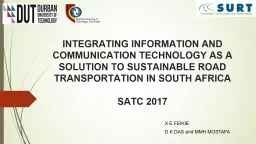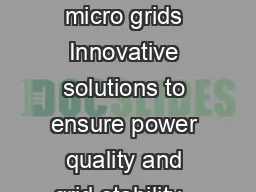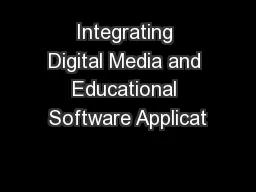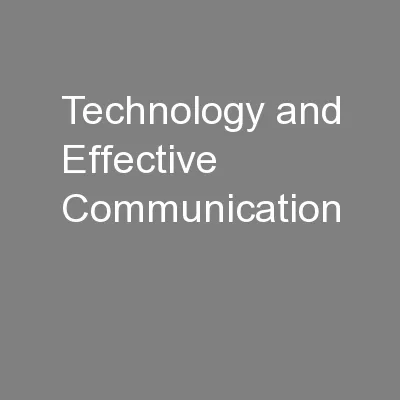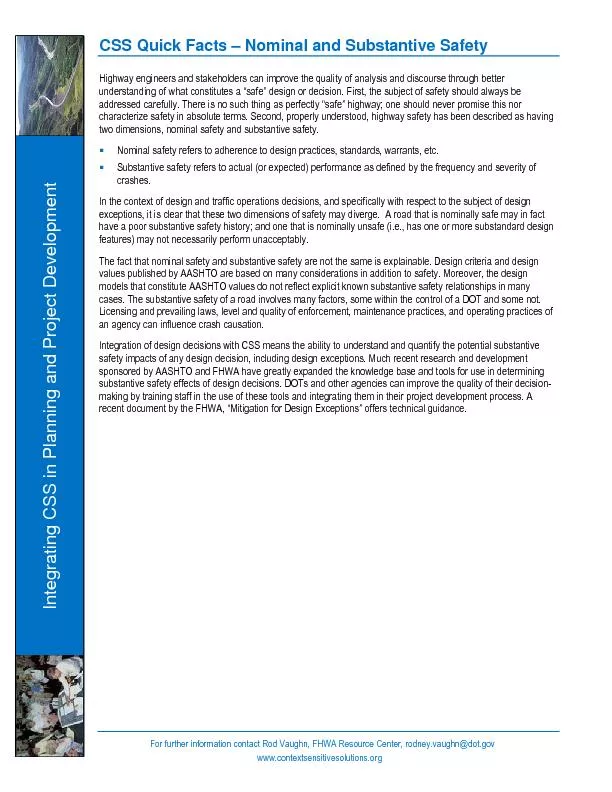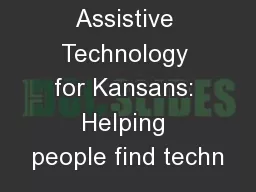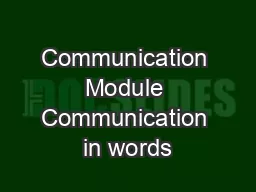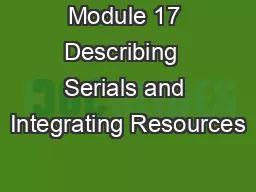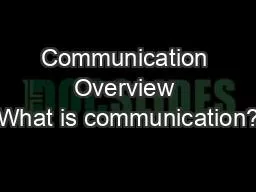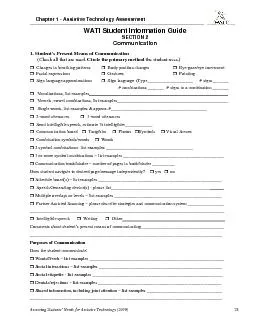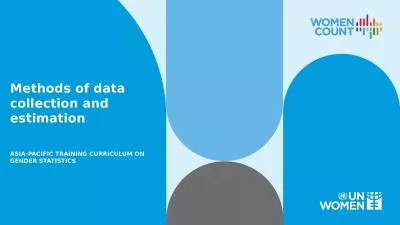PPT-INTEGRATING INFORMATION AND COMMUNICATION TECHNOLOGY AS A S
Author : yoshiko-marsland | Published Date : 2018-01-20
AFRICA SATC 2017 X E FEIKIE D K DAS and MMH MOSTAFA OUTLINE I ntroduction S tudy methodology Sustainable road transportation in South Africa E ngendering
Presentation Embed Code
Download Presentation
Download Presentation The PPT/PDF document "INTEGRATING INFORMATION AND COMMUNICATIO..." is the property of its rightful owner. Permission is granted to download and print the materials on this website for personal, non-commercial use only, and to display it on your personal computer provided you do not modify the materials and that you retain all copyright notices contained in the materials. By downloading content from our website, you accept the terms of this agreement.
INTEGRATING INFORMATION AND COMMUNICATION TECHNOLOGY AS A S: Transcript
Download Rules Of Document
"INTEGRATING INFORMATION AND COMMUNICATION TECHNOLOGY AS A S"The content belongs to its owner. You may download and print it for personal use, without modification, and keep all copyright notices. By downloading, you agree to these terms.
Related Documents

